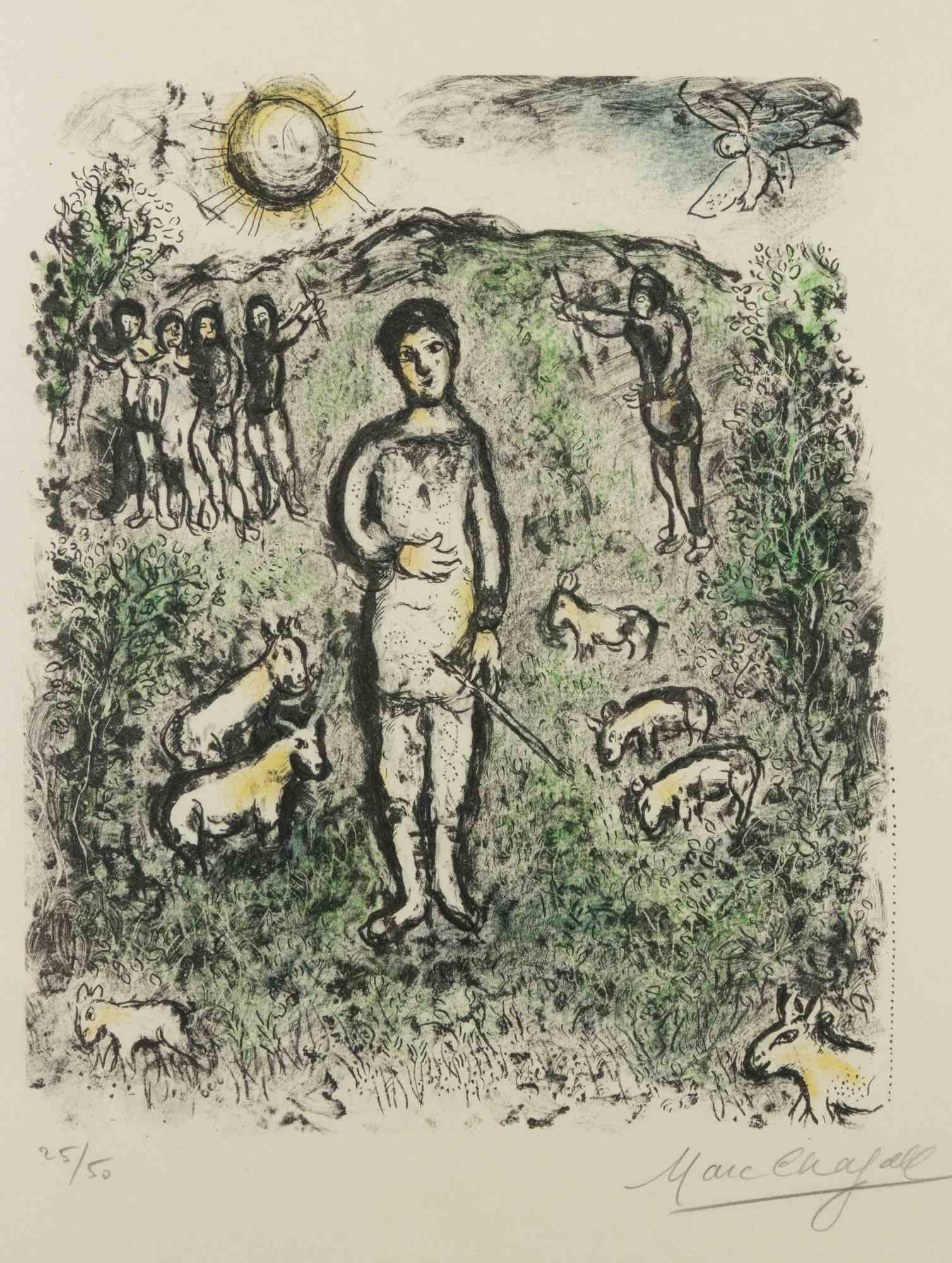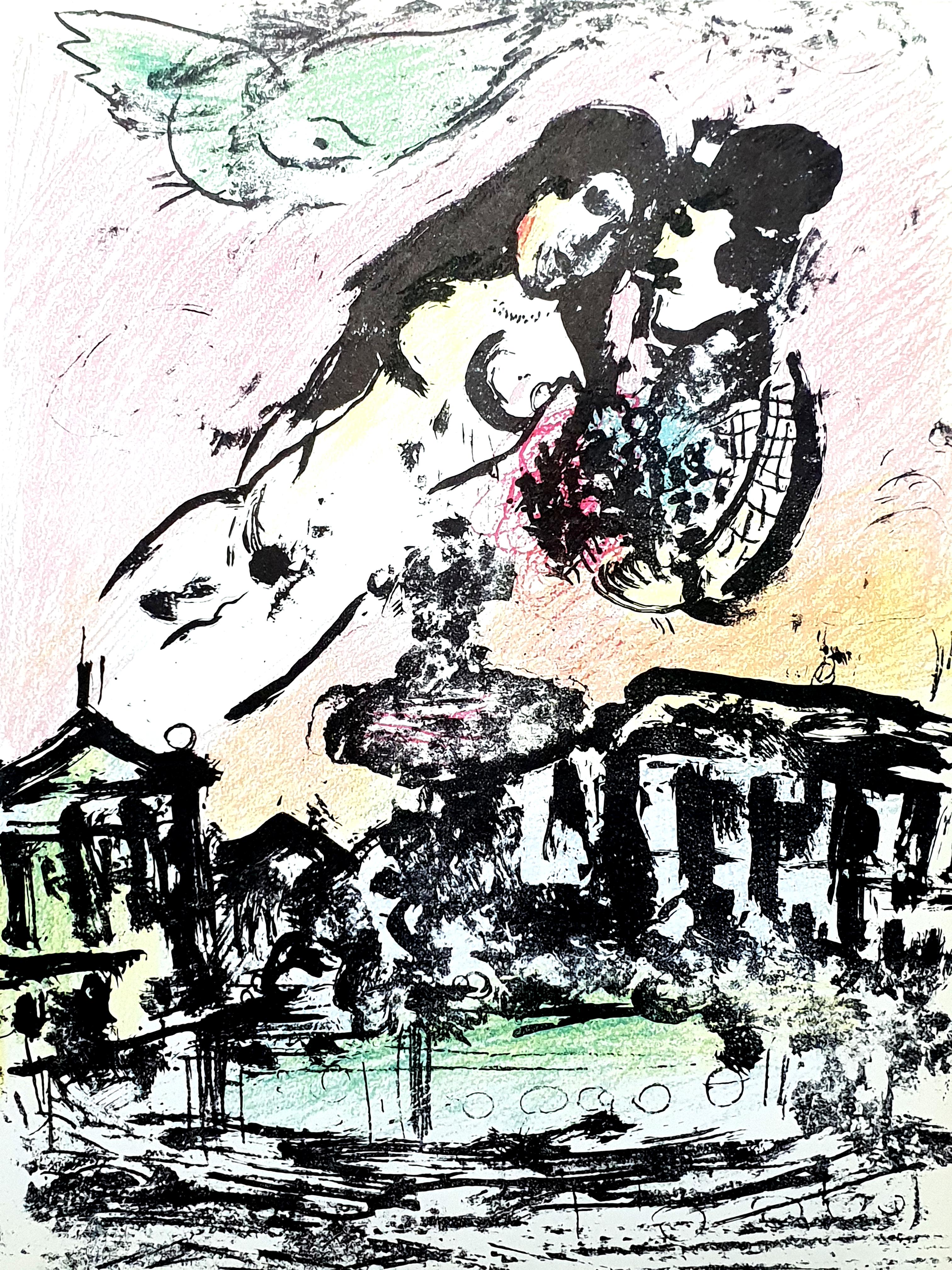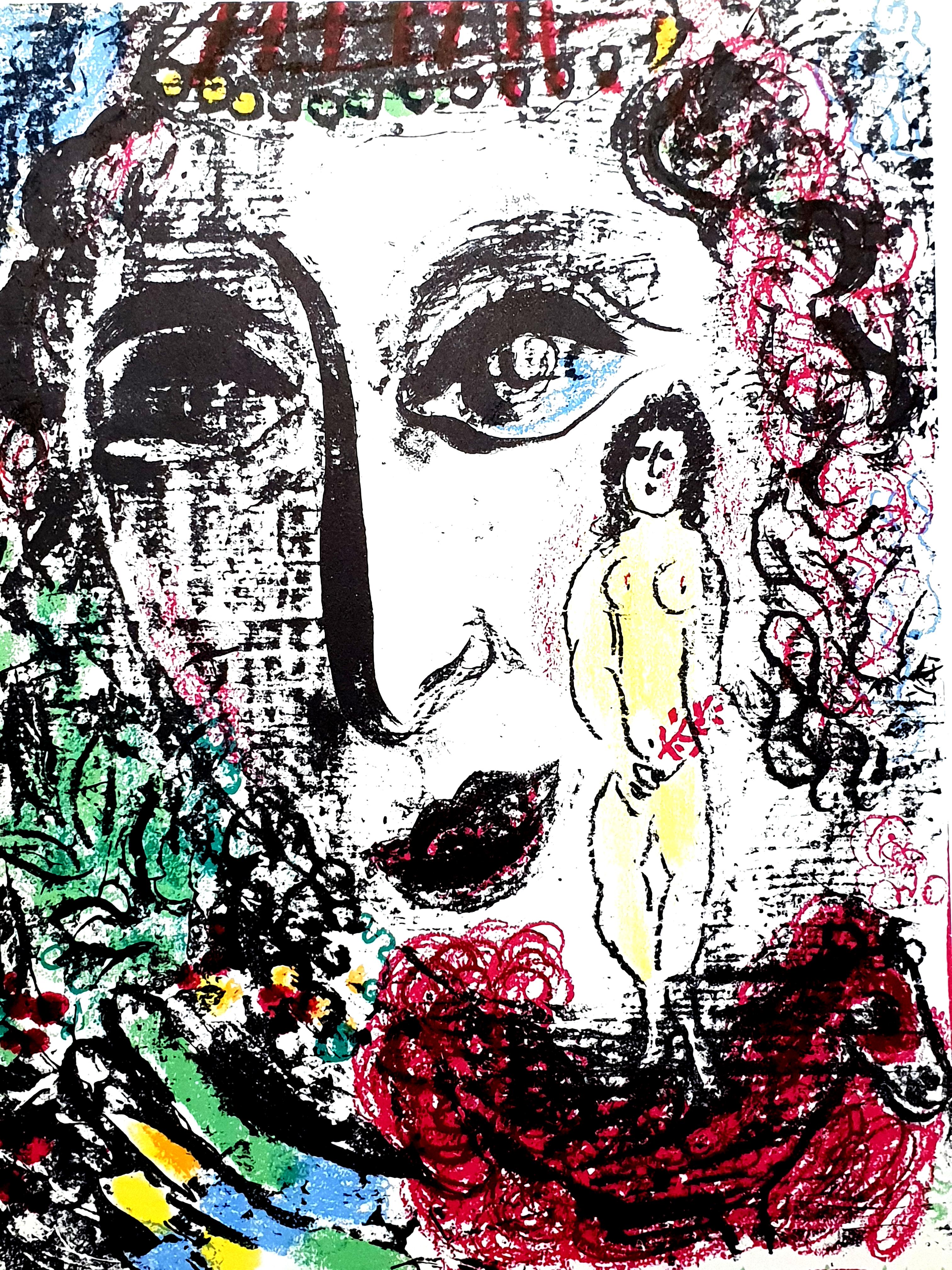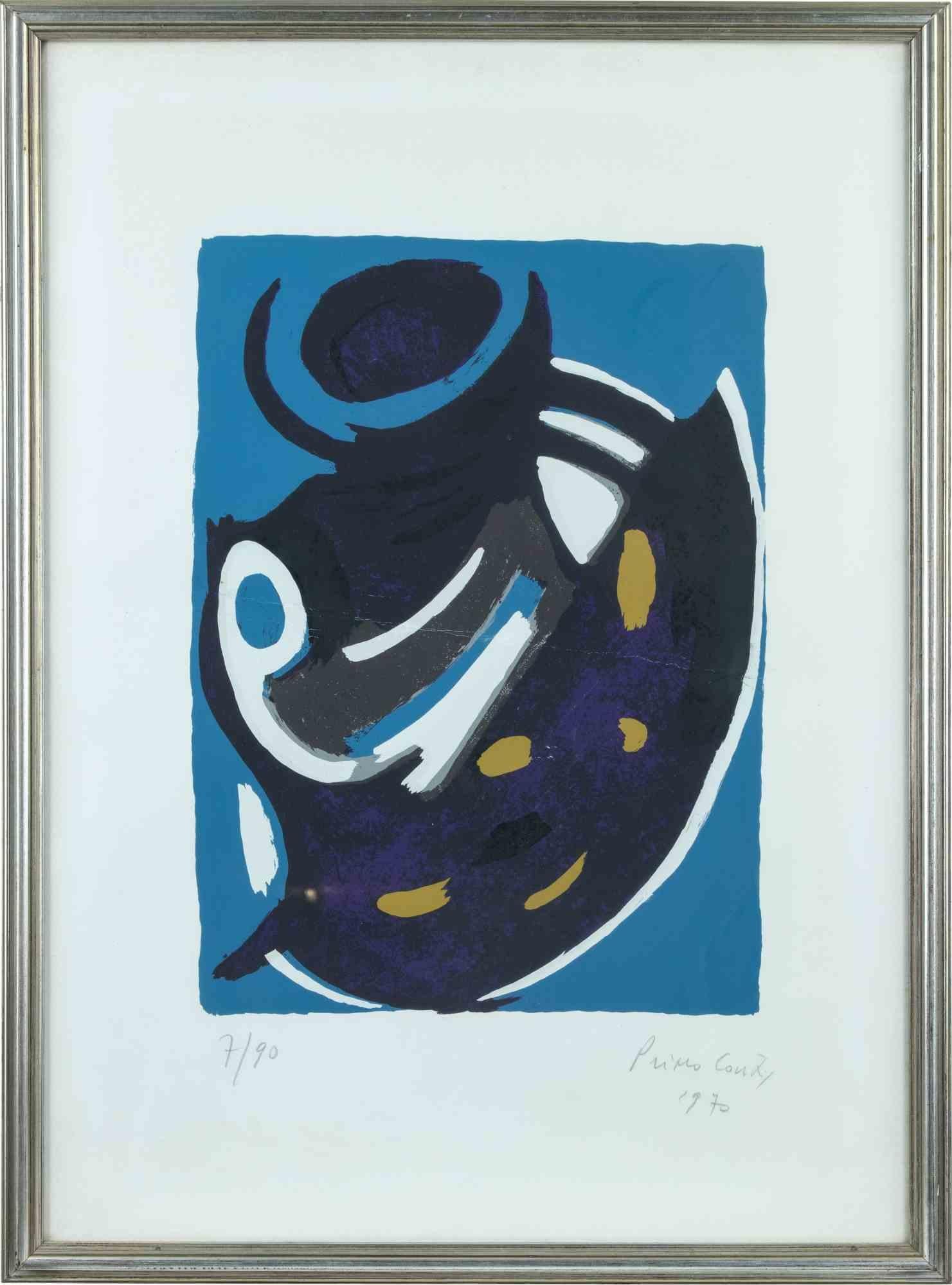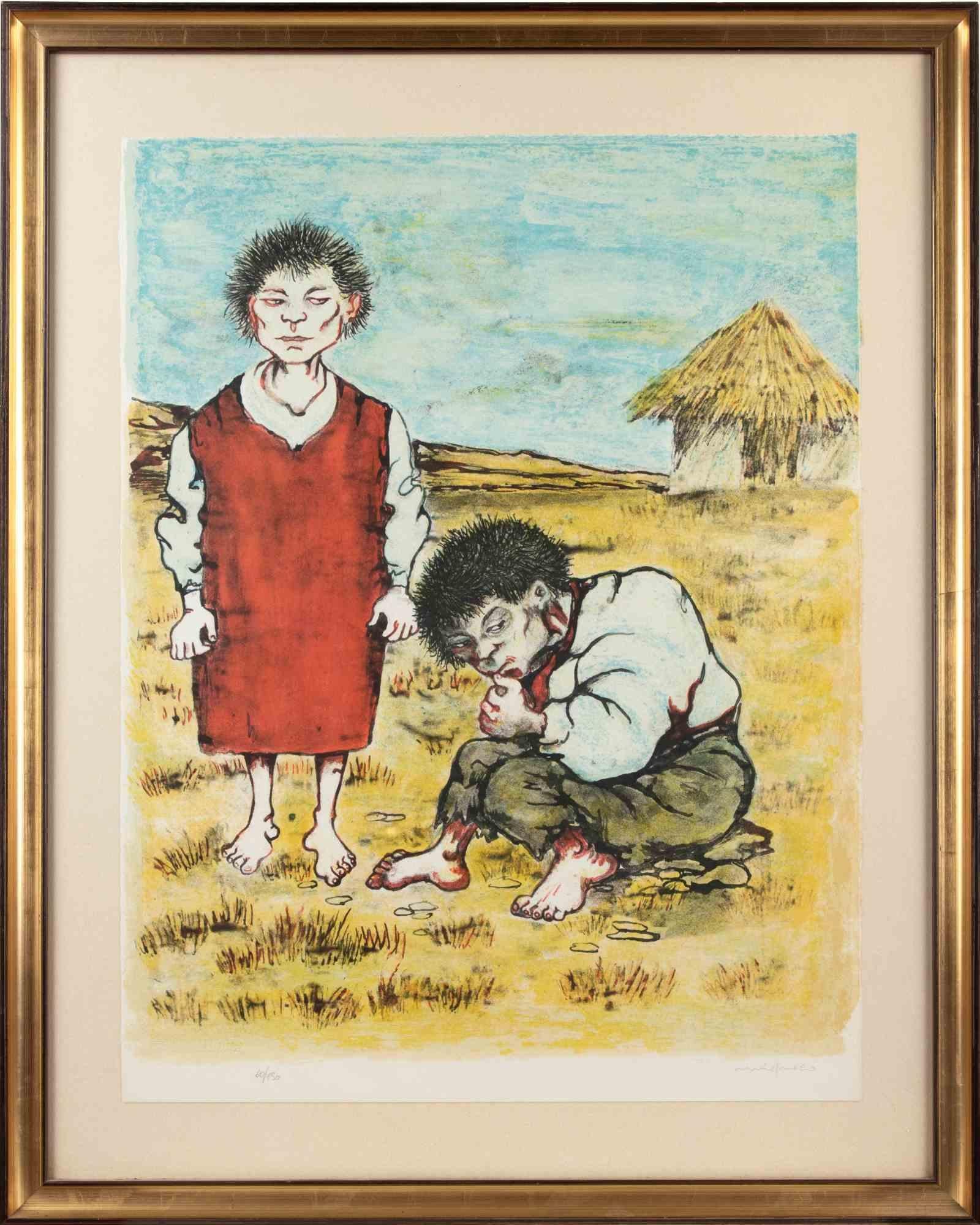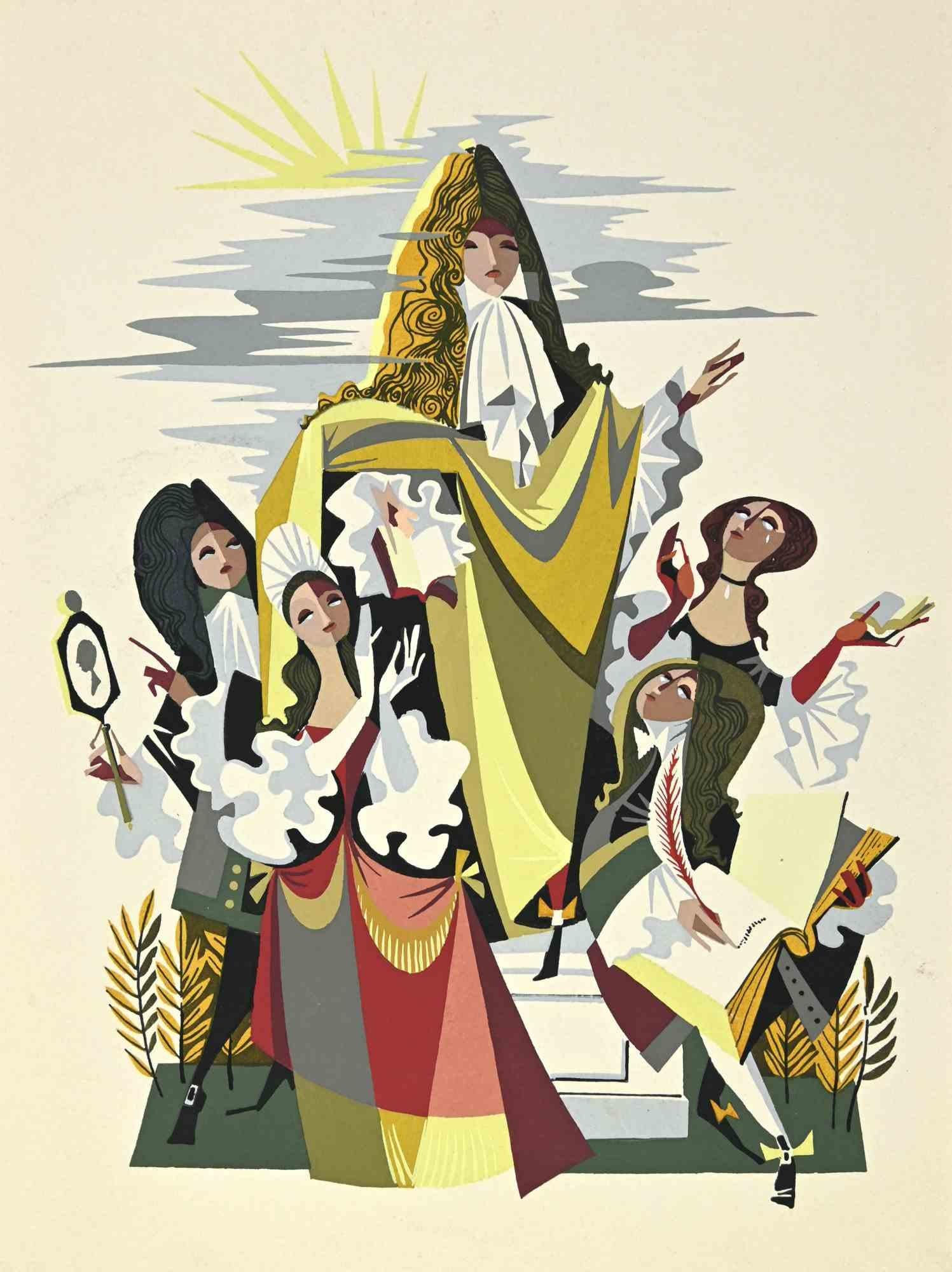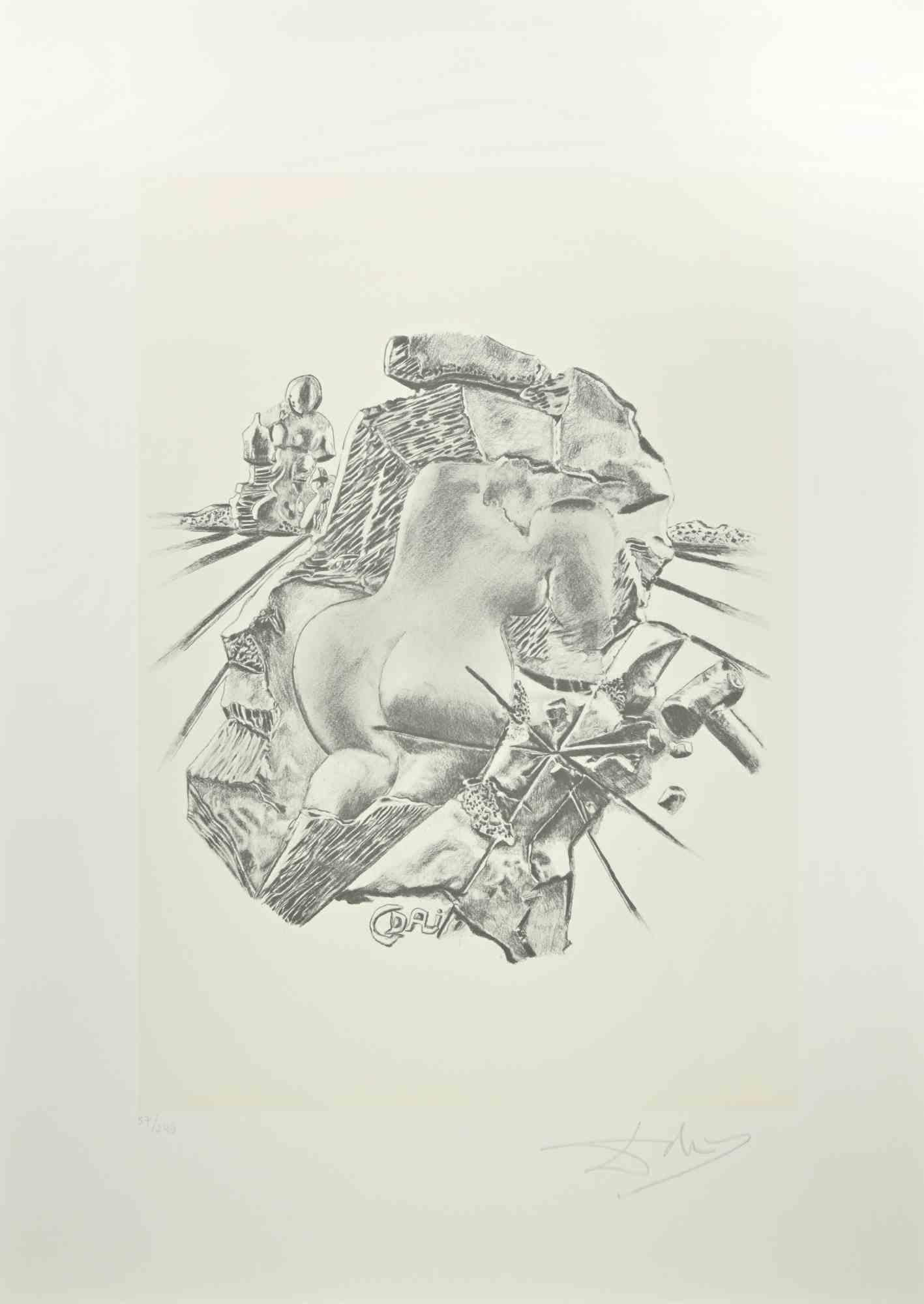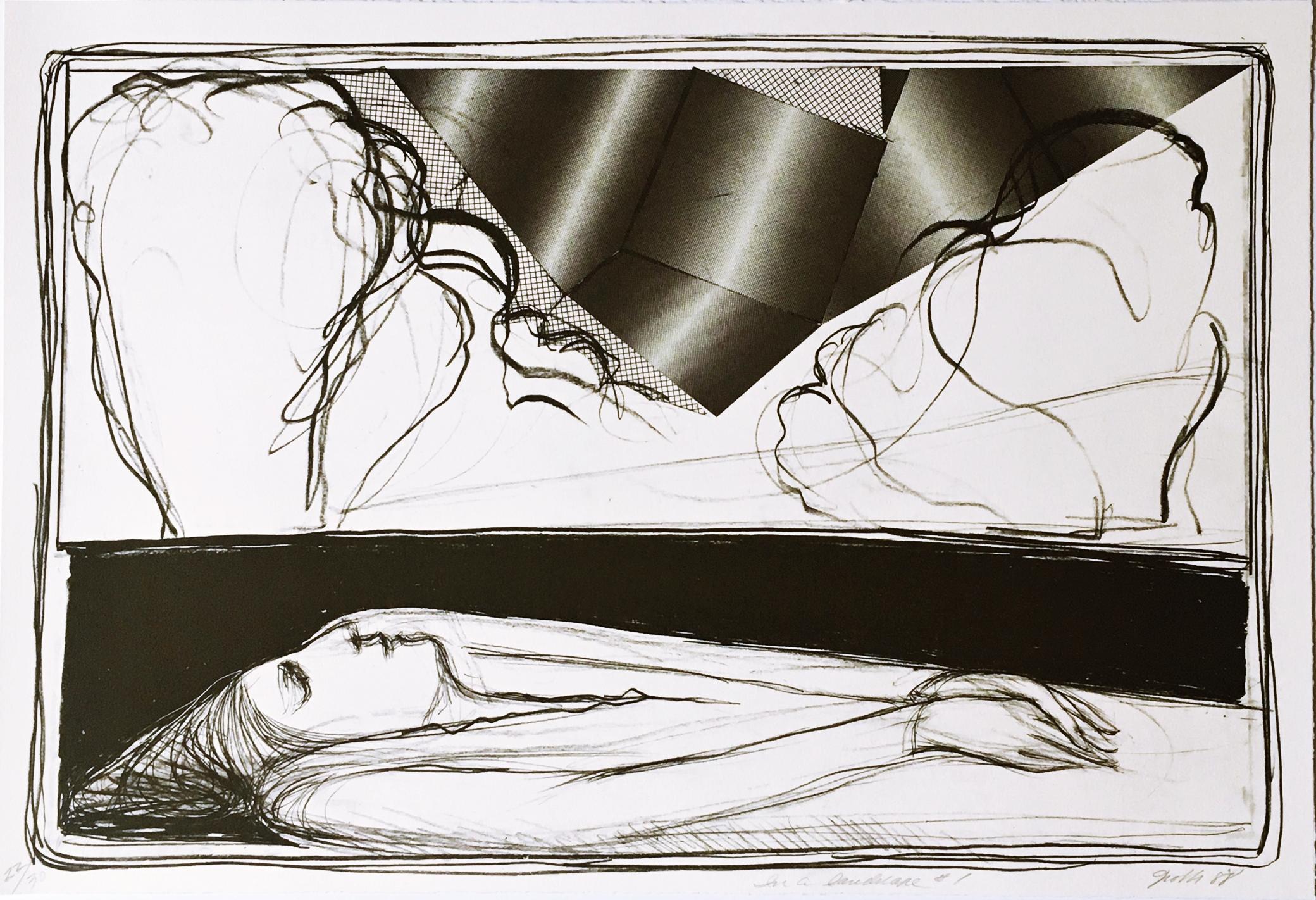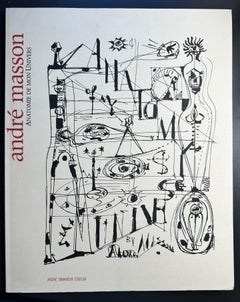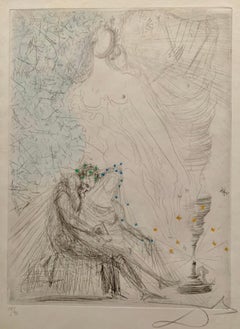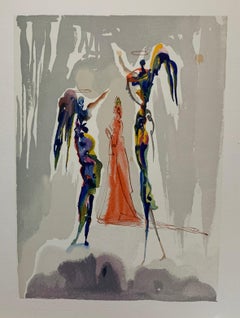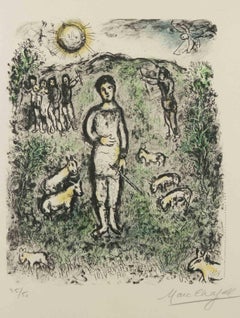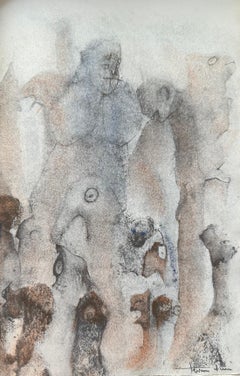
La Tentation de Saint Antoine
View Similar Items
Leonor FiniLa Tentation de Saint Antoine1938
1938
About the Item
- Creator:Leonor Fini (1908 - 1996, French)
- Creation Year:1938
- Dimensions:Height: 12.5 in (31.75 cm)Width: 8.5 in (21.59 cm)
- Medium:
- Movement & Style:
- Period:
- Condition:In custom red case.
- Gallery Location:Wilton, CT
- Reference Number:1stDibs: LU1362213174762
Leonor Fini
Leonor Fini was the life of the party during the French Surrealist movement. A socialite with connections to some of the movement's biggest names, Fini was also an astoundingly gifted artist in her own right. In fact, many consider her to be the most fiercely independent female artist of the 20th century. A theatrical personality, Fini created prints, paintings and drawings that are widely revered for their sensuous qualities and raw energy.
Fini's life started off in a dramatic fashion, which was perhaps a portent of things to come. She was born in Buenos Aires, Argentina in 1907, but her parents separated soon after and her mother took her away to Trieste, Italy. Due to her father's attempts to kidnap her, Fini was often dressed as a boy throughout her childhood.
Fini was surrounded by artistic women in Trieste, and she naturally developed a love for art as well. By the time she was 17, she had become familiar with Renaissance art and Mannerist painting and was exhibiting her own portraits. In 1931, at just 24 years of age, Fini moved to Paris and became acquainted with influential artists Giorgio de Chirico and Carlos Carrà. She also met and started a romantic relationship with Surrealist pioneer Max Ernst, who introduced her to others in the movement.
Though she had no formal art education, Fini proved herself to be both technically masterful and creatively exceptional. Her work and her flamboyant personality attracted the attention of many of the 20th century's most celebrated artists and thinkers, including Salvador Dalí, Jean Cocteau, Albert Camus and Jean Genet, just to name a very few. She exhibited her work in many Parisian art galleries, including the gallery of Christian Dior before the fashion icon became a designer.
In the 1950s, Fini continued painting while immersing herself in other artistic and dramatic endeavors, including theater costume and mask design. She also designed posters for the Paris Opera and wardrobes for movies.
Fini continued living and painting in Paris for the rest of her life. She died in 1996.
On 1stDibs, find original Leonor Fini prints, paintings and drawings.
More From This Seller
View All1930s Surrealist Figurative Prints
Lithograph
1960s Surrealist Figurative Prints
Lithograph
1960s Surrealist Figurative Prints
Etching, Aquatint
Mid-20th Century Surrealist Figurative Prints
Engraving
1970s Surrealist Figurative Prints
Screen
1970s Other Art Style Figurative Prints
Lithograph
You May Also Like
1970s Surrealist Figurative Prints
Lithograph
Late 20th Century Surrealist Figurative Prints
Lithograph
Late 20th Century Surrealist Figurative Prints
Lithograph
Late 20th Century Surrealist Figurative Prints
Lithograph
1960s Surrealist Figurative Prints
Lithograph
1960s Surrealist Figurative Prints
Lithograph
